Throughout the year, it is easy to experience the scent of romance when you go through the streets in Kyoto. You will naturally build up a remarkable impression with the dazzling Kinkaku-ji Pavilion, traditional geisha dances or feasting near the Kamo River. The number of World Heritage Sites in Kyoto is only second to Rome. Fortunately, the capital still maintains its romance and calmness despite the flocking of summer visitors.
Kyoto, Japan – Feb. 16, 2016: The golden shrine (golden pavilion temple) is well known in Japan. Tourists come from worldwide to see it. (Marcus Hsieh / Shutterstock)
KYOTO – JAPAN, November 7 : Front gate before getting into Kinkakuji golden palace in Kyoto, Japan on November 7, 2015 (GoBOb / Shutterstock)
KYOTO, JAPAN – APR 8: Tourists visit Kinkaku-ji temple on Apr 8, 14 in Kyoto. It is a Zen Buddhist temple in Kyoto, Japan, the garden complex is an excellent example of Muromachi period garden design. (Tooykrub / Shutterstock)
KYOTO, JAPAN – APR 8: Souvenirs shops at Kinkaku-ji temple on Apr 8, 14 in Kyoto. It is a Zen Buddhist temple in Kyoto, the garden complex is an excellent example of Muromachi period garden design. (Tooykrub / Shutterstock)
KYOTO – MAY 29 : plates with the wishes at Kinkakuji Temple on may 29, 2008, Kyoto. Japan. Kinkakuji, the golden pavilion, temple in Kyoto Japan, world heritage site (Deamles for Sale / Shutterstock)
KYOTO – Jun 10: tourists visit the Kiyomizu-dera Buddhist temple on Jun 10, 2015 in Kyoto, Japan.The temple was founded in 798 AD during the Heian period and is a famous UNESCO world heritage site (Chachamp / Shutterstock)
KYOTO JAPAN – DEC 5, 2015: Unidentified people visit Fushimi Inari Shrine on Dec 5,2015. Fushimi Inari Taisha is the head shrine of Inari and has trails of smaller shrines which span 4 kilometers. (ben bryant / Shutterstock)
KYOTO,JAPAN – Dec 5 : Unidentified people walk along the famous red tori gate in Fushimi Inari Shrine on December 5,2015. The shrine is Unesco World Heritage site and located in Fushimi-ku, Kyoto. (ben bryant / Shutterstock)
KYOTO, JAPAN – OCTOBER 26 2015 : Japanese high school students during a fieldtrip near Deva Gate with Kyoto city in the background at Kiyomizu-dera Temple in Kyoto, Japan on October26, 2015. (Neomaster / Shutterstock)
Kyoto, JAPAN – November 16, 2015 : Kiyomizu Temple, Kyoto, Japan, The temple is part of the Historic Monuments of Ancient Kyoto UNESCO World Heritage site. (Peerapong W.Aussawa / Shutterstock)
KYOTO, JAPAN – DEC 6 : unidentified people collecting water from the Otowa-no-taki waterfall at Kiyomizu temple in Kyoto on December 6,2015. Visitors believe the waters have therapeutic. (ben bryant / Shutterstock)
KYOTO- JAN 15: A pair of girls dress as traditional maiko and geisha on Jan 15, 2013 in Kyoto, Japan. There are about 2,000 geishas in Japan today, preserving ancient arts and customs in modern life. (Milosz Maslanka / Shutterstock)
KYOTO, JAPAN – MARCH 25 2015: Women tourism wear a traditional dress called Kimono for travelling in Kyoto on March 25 2015. (Chokniti Khongchum / Shutterstock)
KYOTO, JAPAN – MARCH 1, 2014: Pretty Japanese young women in beautiful yukata taking pictures in front of wooden prayer plaques at Kiyomizu-dera, the temple of the Goddess of Mercy. (Honey Cloverz / Shutterstock)
KYOTO, JAPAN – DECEMBER 31, 2014: Young woman wearing kimono using vending machine. Japan has the highest number of vending machines per capital, with about one machine for every twenty-three people. (flixelhouse / Shutterstock)
KYOTO;JAPAN, NOV 11: unidentified tourists visit Higashiyama in kyoto on 11 November 2014. Higashiyama is one of the eleven wards in the city of Kyoto, in Kyoto Prefecture, one of famous tourist site. (Lewis Tse Pui Lung / Shutterstock)
KYOTO, JAPAN – JULY 12, 2015: Woman riding bicycle on Kyoto street. Lawson is one of the famous convenience chain store in Japan. (twoKim / Shutterstock)
KYOTO, JAPAN – JANUARY 15 2013: Tourists take a rickshaw ride to explore the city of Kyoto on January 15 2013. Rickshaw service is widely available in Kyoto as many places are not accessible by car. (Milosz Maslanka / Shutterstock)
KYOTO, JAPAN – APRIL 17, 2012: People relax by Kamo river in Kyoto, Japan. Kyoto is the former capital city of Japan, currently its 6th most populous city with 1.47 million citizens. (Tupungato / Shutterstock)
KYOTO, JAPAN – FEB 18, 2015 : Traditional house with Kamo river in Kyoto, Japan (glen photo / Shutterstock)
KYOTO, JAPAN – JULY 12, 2015: People enjoy the Kamogawa river at Demachiyanagi. (twoKim / Shutterstock)
Kyoto, Japan – October 28, 2015: Kyoto Tower in front of Kyoto Station, Kyoto Station is the city’s transportation hub and also the site of a large bus terminal for city buses. (Neomaster / Shutterstock)
KYOTO, JAPAN – OCTOBER 22: Bus in Kyoto, Japan on October 22, 2014. The Kyoto City Buses are major mean of public transport in Kyoto. The buses have been operating since 1928 (cowardlion / Shutterstock)
KYOTO, JAPAN – OCTOBER 23: Nishiki Tenmangu Shrine in Kyoto, Japan on October 23, 2014. Located in famous Teramachi shopping street in downtown Kyoto, the front side faces the famous Nishiki Market. (cowardlion / Shutterstock)
KYOTO – JULY 24: Unidentified Maiko girl (or Geiko lady) on parade of hanagasa in Gion Matsuri (Festival) held on July 24 2015 in Kyoto, Japan. It is one of Kyoto’s renowned three great festivals. (kqlsm / Shutterstock)
KYOTO – JULY 24: Unidentified Maiko girl (or Geiko lady) on parade of hanagasa in Gion Matsuri (Festival) held on July 24 2015 in Kyoto, Japan. It is one of Kyoto’s renowned three great festivals. (kqlsm / Shutterstock)
KYOTO – JULY 24: Unidentified Miss Kimono girl on parade of hanagasa in the Gion Matsuri (Gion Festival) held on July 24 2013 in Kyoto, Japan. It is one of Kyoto’s renowned three great festivals. (kqlsm / Shutterstock)
KYOTO, JAPAN – MAY 16: Two Kimono girls at The Arashiyama Bamboo forest on May 16, 2014 in Arashiyama, Kyoto, Japan. Arashiyama is well known as a pure environment area in Kyoto. (Piti Tan / Shutterstock)
KYOTO-APR 4: Unidentified Japanese people dress Kimono to Hanami, enjoy of cherry blossom, party on April 4, 2010 in Kyoto outskirt, Japan. Here is famous on sakura bloom time. (littlesam / Shutterstock)
KYOTO, JAPAN – NOVEMBER 20: Japanese Sake in Kyoto, Japan on November 20, 2013. Unidentified Japanese Sake vendor offers a bottle of Sake to a tourist at Kinkaku-ji Temple (cowardlion / Shutterstock)
KYOTO JAPAN – MAY 6, 2015: Unidentified people visit Nishiki market. Nishiki market is a marketplace in Kyoto which is renowned as the place to obtain many of Kyotos famous foods. (TK Kurikawa / Shutterstock)
KYOTO JAPAN – 1 JUNE, 2014: Unidentified people commute at Kyoto Train station. Kyoto has a population for 1.5 million and nicknamed as the City of Ten Thousand Shrines. (TK Kurikawa / Shutterstock)
KYOTO, JAPAN – Feb 4, 2016 : Sannenzaka and Ninen-zaka at night (Copyright: Lewis Liu)
KYOTO, JAPAN – DECEMBER 25: Pontocho alley comes to life after dark as in this photo taken on December 25, 2012 in Kyoto,Japan.Pontocho is one of the best preserved Geisha entertainment areas in Japan (Mihai-Bogdan Lazar / Shutterstock)
Top 10 Exciting Attractions in Kyoto Japan
By Suzanne Bender
Kyoto offers travelers of Japan an interesting alternative to Tokyo. This beautiful city is a blend of the modern and the ancient, with many reminders of this city’s past, and its place as the cultural heart of the country. The main residence of the Japanese Emperor was in Kyoto from the eighth century until the nineteenth, when it moved to the current capital, Tokyo. There is plenty to see here since, unlike other cities, Kyoto sustained no damage during the Second World War.
Kyoto is a true experience of unique history and culture. In order to see everything, you will need to allow plenty of time to visit as many of its’ attractions as you can. If you are only able to visit for a short period of time, decide which places you want to visit most, rather than trying to rush around them all.
There are many temples in Kyoto that offer a glimpse of the varied nature of Japanese culture. They are also historically and architecturally interesting. You will find that many of the attractions recommended to Kyoto tourists will be temples of some sort.
The two prominent religions in Japan are Buddhism and Shinto; each having their own temples. The most impressive Buddhist temple in Kyoto is the Golden Pavilion Kinkakuji, and is one of the most popular tourist destinations in the city. The two highest floors are encased in gold leaf, which is reflected in the pond below, connecting the heavens above with the earth below. The importance of this temple to Buddhists comes from the shrine within it, containing relics from the life of the Buddha.
The nearby Silver Pavilion, or Ginkakuji, was intended to be a complement to the Golden Temple, with a contrasting covering of silver leaf, but this plan was never carried through. The Silver Temple is therefore much plainer than its neighbor, although it does have its own simpler charm. There are two peaceful gardens here; one with a pond surrounded by a rockery, where you are supposed to move around and experience the changes in perspective that ensue; and another where sand has been sculpted into meditative patterns, creating a very calm atmosphere. Both are perfect antidotes to the stresses of travel and jet lag.
Another Buddhist temple, definitely worth a visit, is the Pure Water (Kiyomizudera) Temple. This world-famous temple is recognized by UNESCO for its unique value, and has been named as a site of world heritage. It has stood since the eighth century when it was founded by one of the oldest Buddhist sects in Japan. It looks over the city of Kyoto from a nearby hill, surrounded by woodland. The view of Kyoto from the temple’s terrace is breath taking! There is also a beautiful fresh spring here from which the waters are believed to have healing powers.
There are two Zen temples that make an interesting addition to the main Buddhist ones. The Heavenly Dragon (Tenryuji) Temple was once the residence of an Emperor. When Go Daigo died, his home was made into this temple in remembrance of him. The name was chosen when a priest who was dozing nearby dreamed that a dragon appeared from out of the river. When he woke, he concluded this was a sign that the Emperor’s spirit had not found peace in death, and that the temple should be placed there in order to appease the uneasy spirit. The current building was only built about a century ago, after the eighth in a series of unfortunate fires, had damaged the various incarnations of the temple. However, the gardens date from the fourteenth century, and offer a peaceful space for a quiet walk.
The second temple, and a world heritage site, is called the Peaceful Dragon Temple (Ryoanji). The Zen garden here is best example of its kind that you will see. There are carefully placed rocks and furrows of sand that have been raked into precise patterns, creating a haven of calm within the simple walls of clay.
The Shinto religion is more unique to Japan’s culture than Buddhist, although the temples here do give an impression of a Buddhism molded to Japanese minds. Two of the local Shinto temples provide interesting excursions in Kyoto. The first is the Fushimi Inari, dedicated to the rice god. If you do visit, keep a look out for the many ornaments in the form of foxes. These were traditionally the animal messengers of Inari. The shrine is beautiful and peaceful; particularly in the evening light. The most stunning feature of this temple are the various spectacular gates or tori around it.
Even more examples of these gates are found at the second local Shinto temple. Heian Jungu is a nineteenth century temple that is dedicated to two Japanese Emperors, Kammu and Komei. It was built to commemorate eleven hundred years since the founding of the city. At the end of each October, the Jidai Matsuri festival is held here. Thousands of people parade and celebrate the day when Kyoto was made the capital of Japan, despite the fact that it no longer holds this honor.
There are also some interesting places to visit if you are less keen on temples. The Imperial Palace is a spectacular complex of buildings with many beautiful gardens and interesting architectural features. The current palace was constructed in the eighteenth century, as similar to Tenryuji, it too has suffered from a number of fires. Numerous Emperors have also chosen to be crowned here at the Palace.
The district of Gion is one of the most famous features of Kyoto. An exciting day can be spent wandering its charming streets, trying to spot a geisha or maiko in traditional dress. Geisha are trained entertainers, and not as is often believed, prostitutes. The area has been well preserved so many of the buildings date from the Middle Ages and there is a unique atmosphere appealing to most tourists.
Kyoto is also a busy modern city, and offers excellent shopping among other things. This gives those of you less interested in historical sights an opportunity to spend time seeking out the latest fashion and technology.
Come visit us for even more delightful and tempting details about tourist attractions in Japan [http://guidestojapan.com/], and where to find the best hotels in Tokyo [http://guidestojapan.com/index.php/hotels-in-tokyo/]. Then, start packing!
Article Source: http://EzineArticles.com/expert/Suzanne_Bender/485232
http://EzineArticles.com/?Top-10-Exciting-Attractions-in-Kyoto-Japan&id=3490576



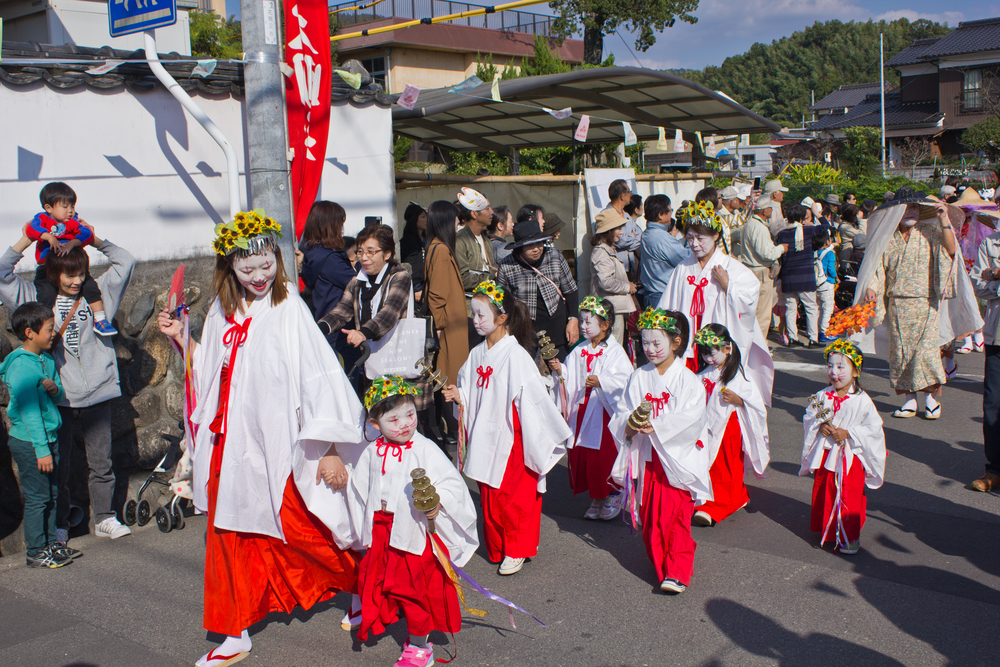










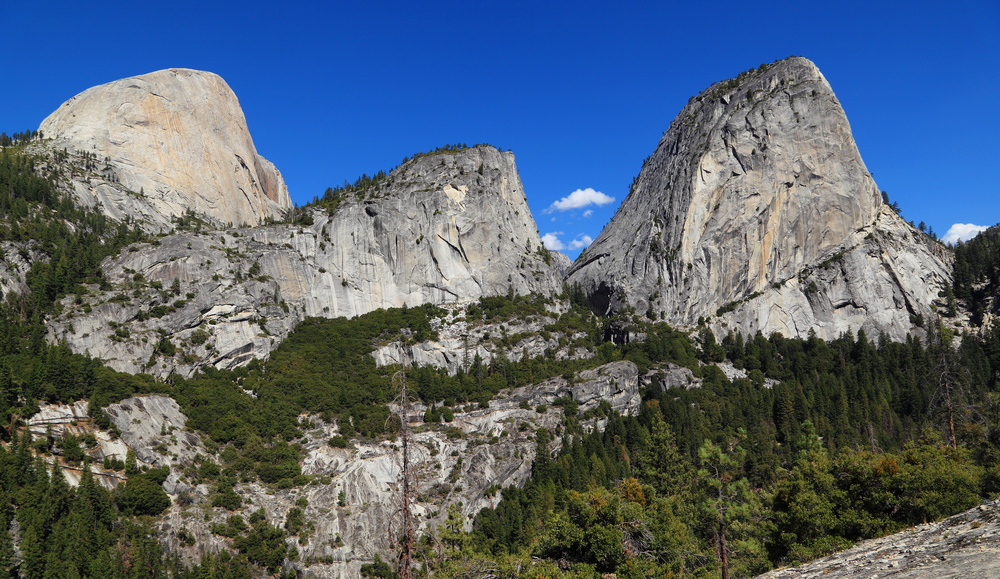
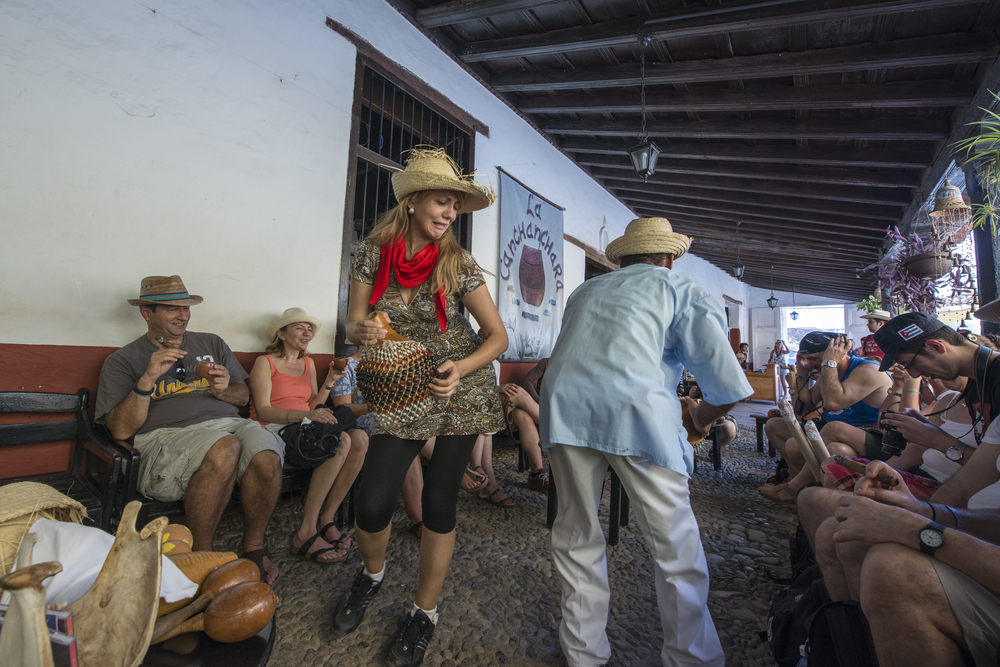


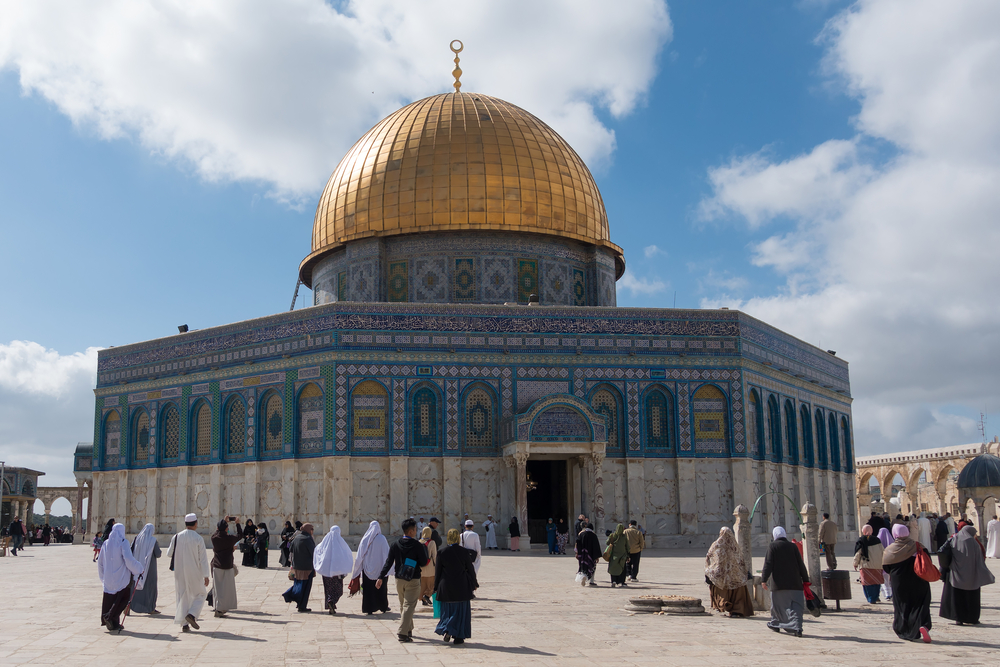

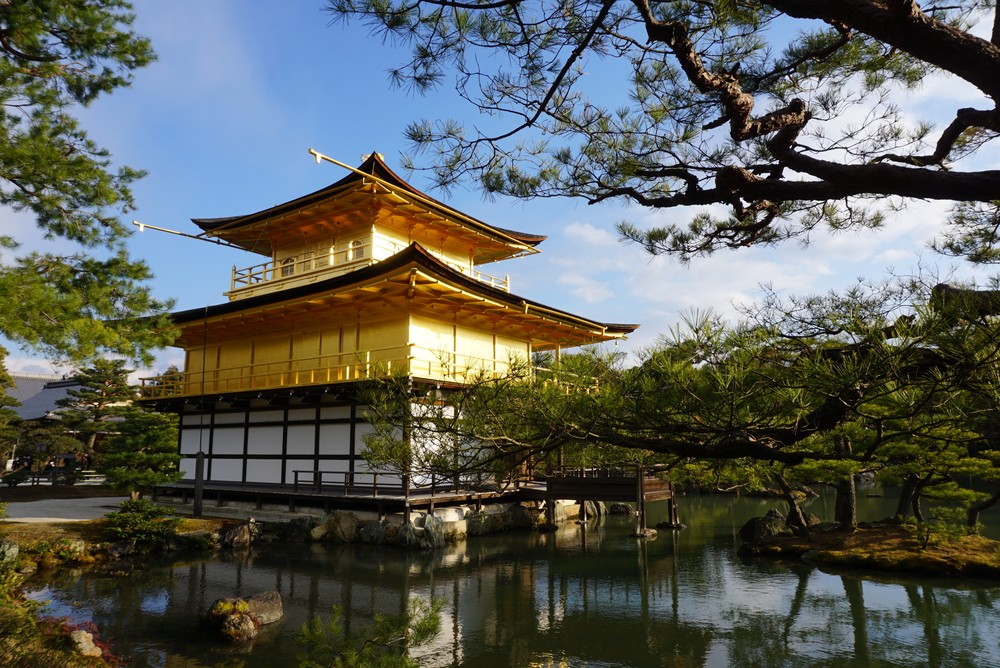




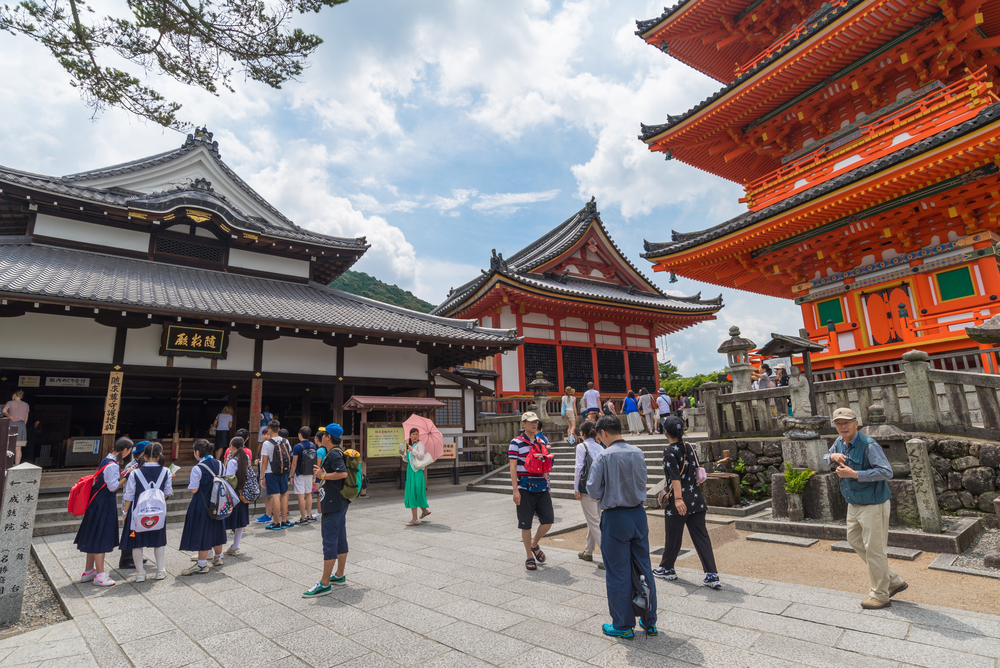

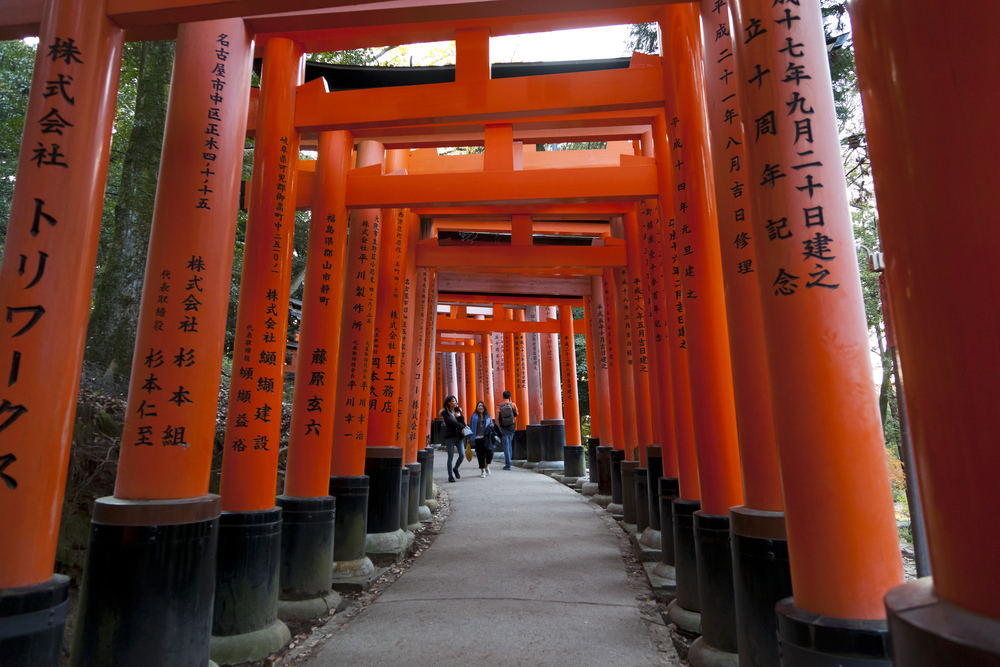
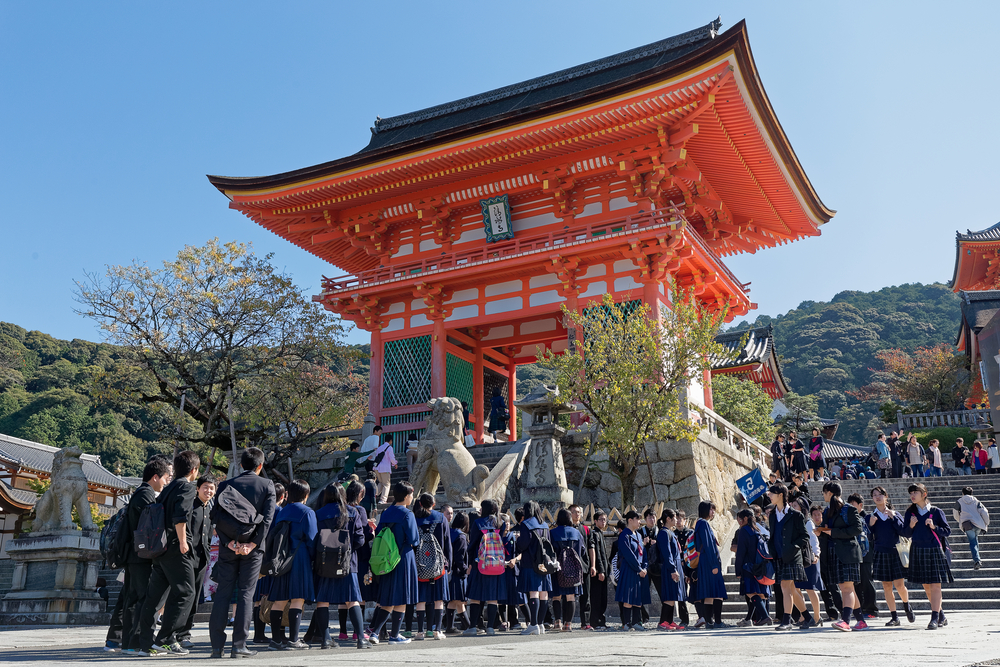




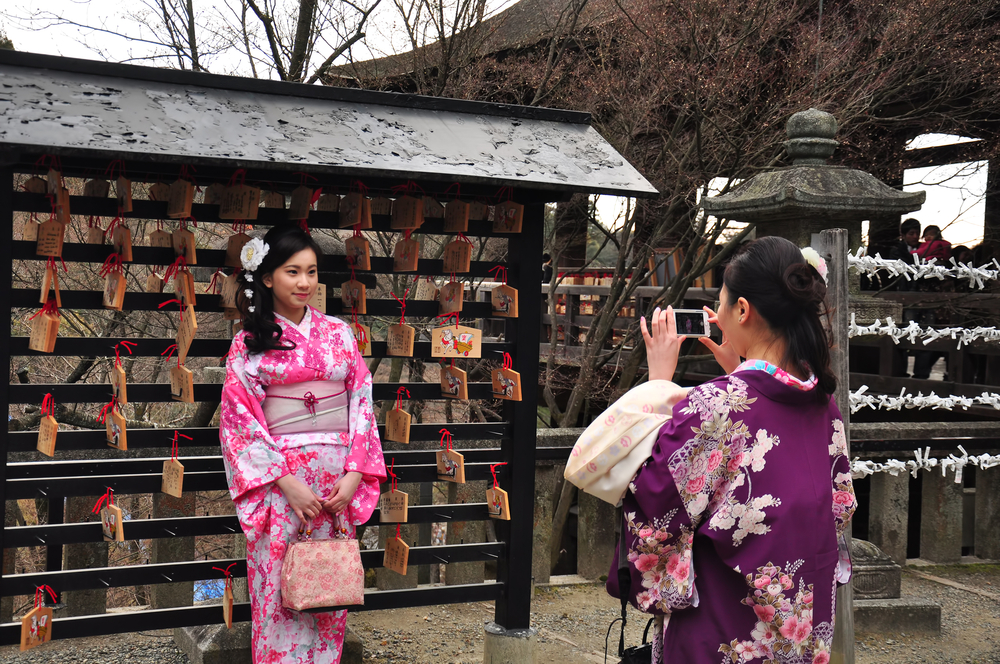








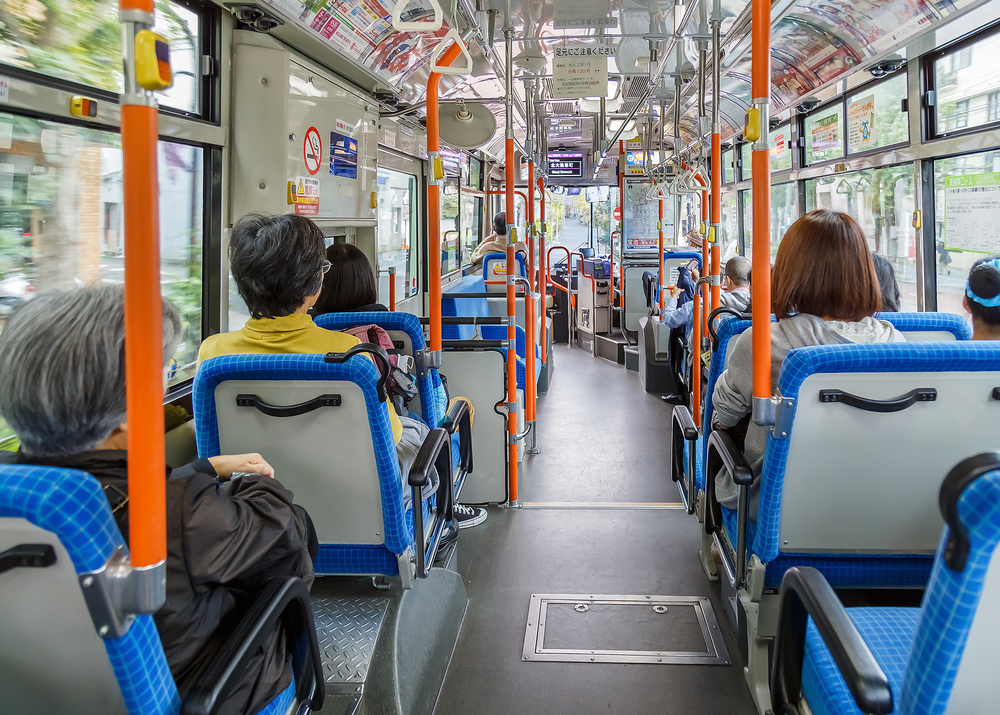

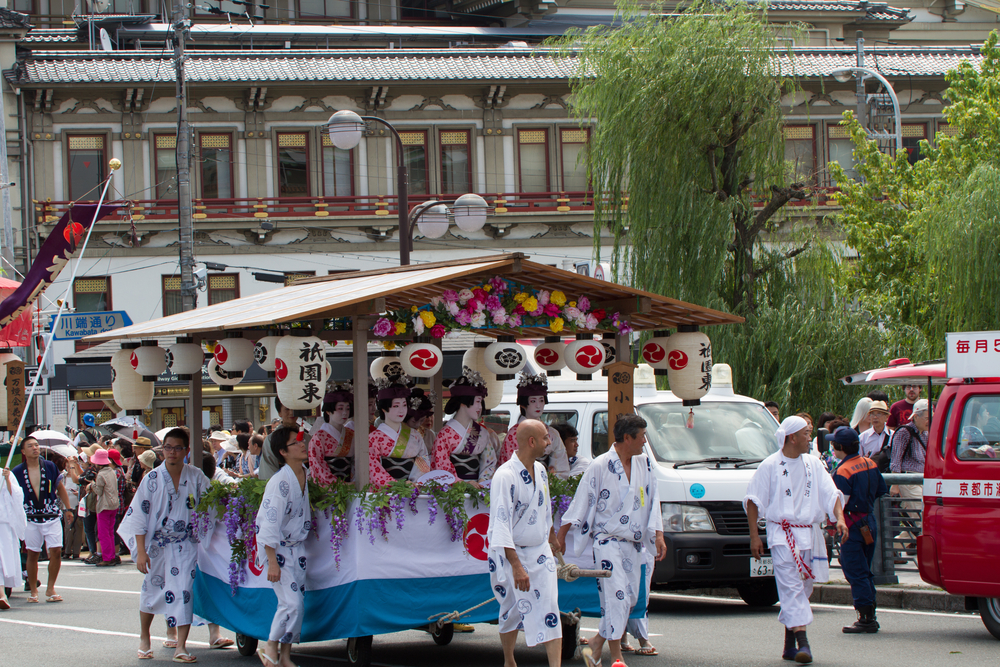






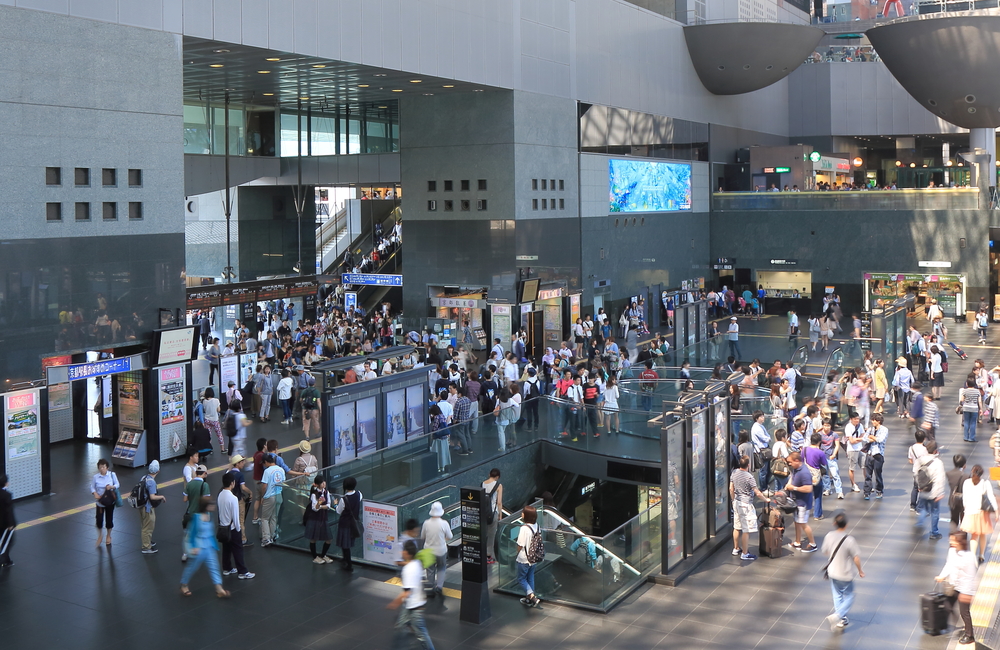
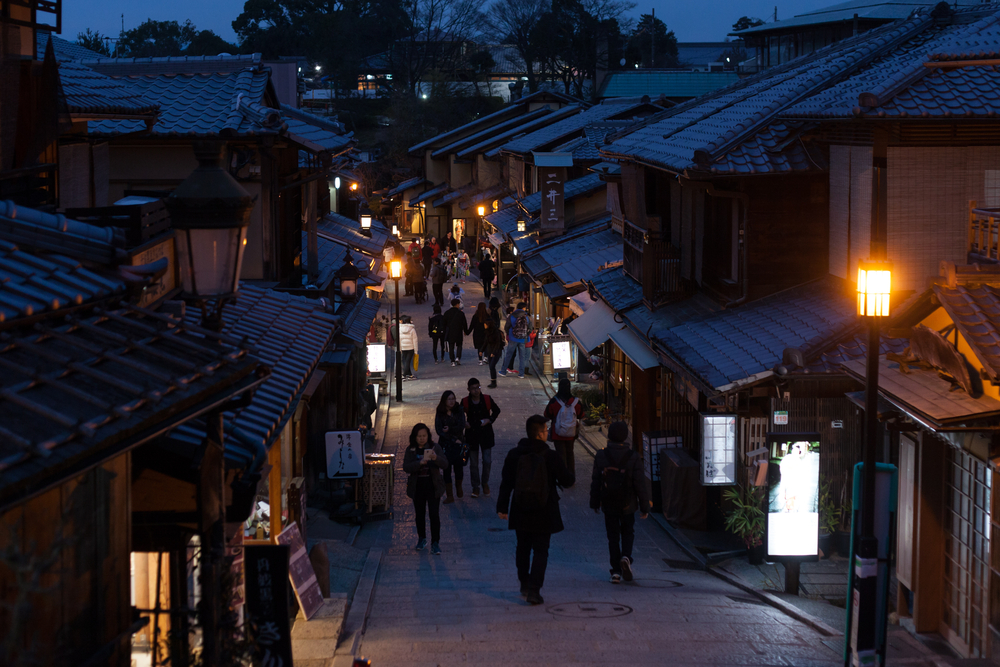



[…] Source: worldlyresort.com […]